
Pros and cons of welding an open differential
By Dean Larson
Whether your road racing, hitting the drag strip or wheeling off-road, the name of the game is traction, and there’s more than one way to play. Some weld their diffs quick and dirty like for instant (albeit risky) two-wheel satisfaction. There are also spools, mini spools, LSDs and several breeds of full lockers. But in the pursuit of getting both wheels spinning, there are methods that are right and wrong, given your budget and the way you’ll use your vehicle. We’re going to cover all these methods in the coming weeks, a Traction 101 course if you will, so it seems pertinent to start with the cheapest, quickest way to turn a one-wheel peel into a proper 11 — welding your open differential spider gears.
To cover my backside on this one, I’m going to open by saying you absolutely should not do this unless you really know what you’re doing. There’s a good chance you’ll trash your ring and pinion gears, axle shafts and other parts if you’re not careful, and those concerns are ten-fold if you drive it on the street. I’m also pretty sure that there’s a whole host of racing organizations that ban this sort of degenerate behavior in their tech inspections. Long story short, unless you’re playing with worthless junk, or you know you’re doing the job right and hedging the risk against your carrier, axles and gears, I’d look into a limited-slip differential, full spool or mini spool. Now that we’ve got that very important disclaimer out of the way, let’s get down to the nitty gritty.
The concept behind welding your differential is essentially fixing the spider gears to the carrier (or differential case), so that both axle shafts move at the exact same rate. It’s important to note that you’re not doing any welding on the axles, axle C-clips or pinion shaft. Do this, and you’ll never be able to get the differential apart again — at least not by conventional means. You also need to avoid getting any weld or spatter on the ring and pinion gears, as this will quickly ruin the machined surfaces of the gears, or stop them from moving all together. On this point, it’s worth repeating that weld spatter on machined surfaces, or floating around inside the differential case, is bad news and will expedite the death of your diff. For that reason, it’s a good idea to remove the differential from the housing when welding it — just be ready to reset your backlash and gear mesh pattern if you do. If you leave the carrier in the housing when you’re welding, it’s a good idea to mask off surfaces from spatter, including the ring and pinion gears. I’ve used tin foil before to cover the gears, as well as to fill up the gaps between the carrier and the case, helping to eliminate excess spatter in the housing.
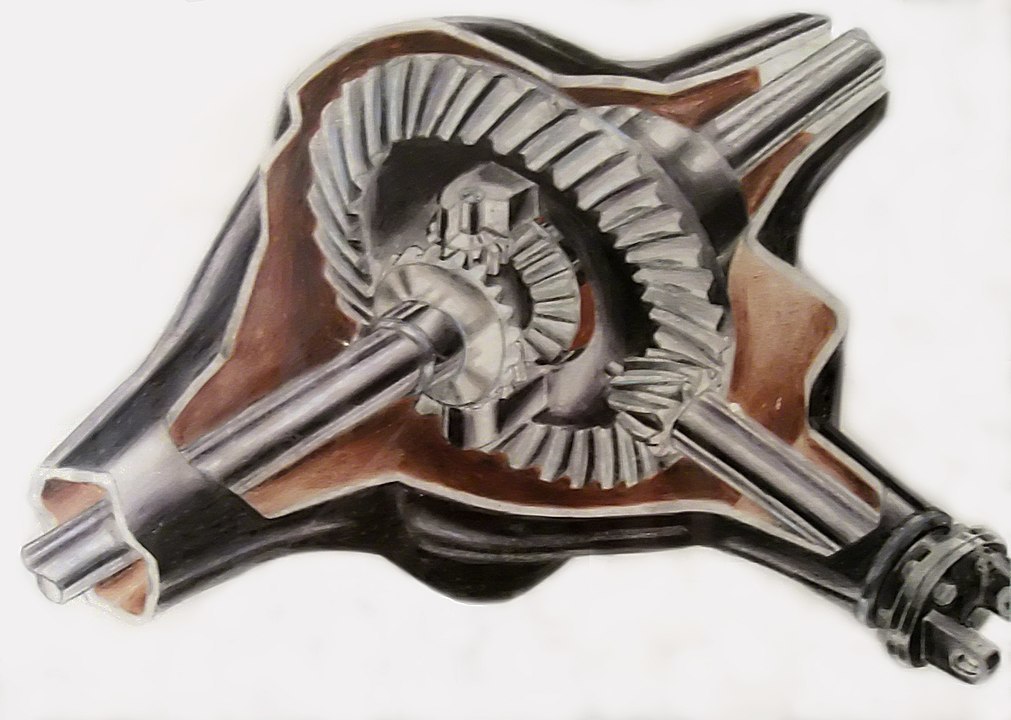
If you’re taking on this project, the first order of business is to remove your differential cover and drain the gear oil from the housing. If you’re not removing the carrier for welding, your next step is to hose the differential out with some sort of solvent or cleaner. It pays to do your research here. Don’t use chlorinated brake cleaner where you’re welding, it can literally kill you! Even subjecting non-chlorinated brake cleaner to that sort of heat can be bad, so it’s not a bad idea to wait a day before welding to allow non-chlorinated brake cleaner to evaporate. I’m not a professional welder, but I used acetone for my final cleaning the last time I welded a differential, but even that’s allegedly more dangerous than a dedicated surface prep product. But the point is, you have to have the differential as clean as it can be for welding, without subjecting yourself to harmful vapors.
So now your differential is all cleaned out and you’re ready to weld. It’s of critical importance to have quality consumables, proper settings and a good ground to ensure a good weld with as little spatter as possible. At a bare minimum, you want to add weld where the differential side gears meet the spider gears, preventing them from moving. You need to add enough weld to make sure it won’t ever come loose, and in lower stakes projects, you can also weld the side gears and spider gears to the carrier, ensuring the whole assembly will act as one piece from now on. In some situations, you’ll also see people weld a small chunk of steel against the side and spider gears, filling the gap in the middle. This just provides some additional strength, and is an extra surface to weld to that joins all four gears together. It’s important to note that on a C-clip axle, you’re not getting the clips out again if you add this additional material.
When the welding is done, you’ll want to allow everything to cool off and pick off any spatter that landed on the machined gear faces. You’ll need to clean the differential housing and gears with solvent and remove any spatter that’s floating around the case. As an extra measure, some guys install the differential cover and fill it with gear lube before turning the assembly some by hand. This can help free any hidden spatter without load on the differential. You can then drain this gear lube, rinse and repeat.
So now that we’ve covered the basic procedure, I think it’s worth revisiting when welding your differential is a good idea, and when it’s not. Don’t do this to your daily driver. It even stands a good chance of making your weekend warrior hot rod unbearable to drive. Again, your gears, axles, tires and the rest of your driveline parts are in harm’s way if you street drive with this setup.
You can however do the job right, especially if you know you have strong axle shafts, and welded diffs are fairly common on the drift scene though, as well as on cheap 4x4s. I’ve personally welded a GM 10-bolt in a cheap off-road truck (not advisable) and it’s worked well so far, but I know it won’t last forever, especially with 35-inch Super Swampers. I’m sure it’s also commonplace on various forms of off-road racing, and demo derbies as well.
The point of the story is a welded open differential can work well in low stakes situations, or when you know you’re working with a tough carrier and strong axles, but it’s still something most people won’t recommend. If you want to lock your axle on the cheap, a mini spool will accomplish the same thing, and honestly, in less time. It's also removable if you don't like it, and usually priced under $200. What's a mini spool you ask? Stick around for our next Traction 101 lesson to find out.
Either way, if you’re going to do the wrong thing, at least do it the right way.
Photos: By Drew e30 - Own work, CC BY-SA 3.0, https://commons.wikimedia.org/...
No machine-readable author provided. 17177 assumed (based on copyright claims). - No machine-readable source provided. Own work assumed (based on copyright claims)., CC BY-SA 3.0, https://commons.wikimedia.org/...
Dean Larson
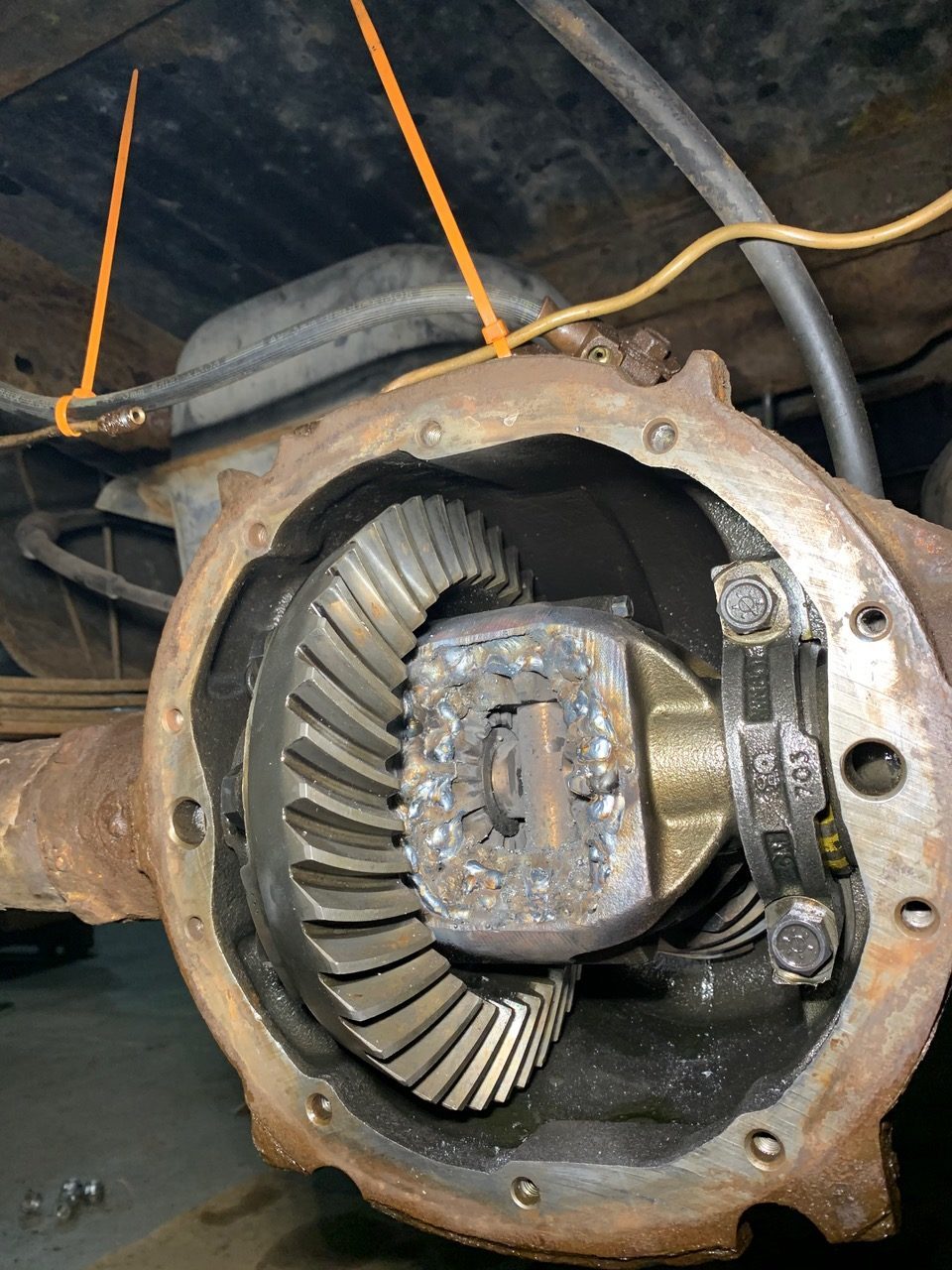

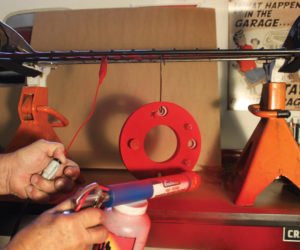
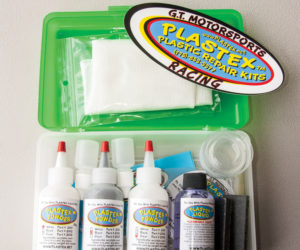
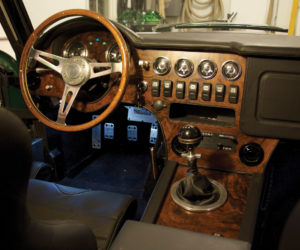
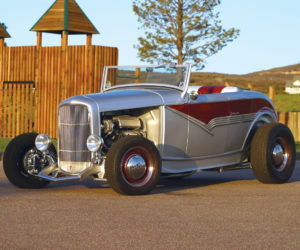
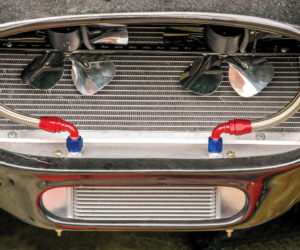
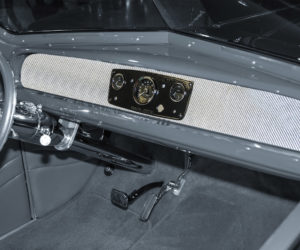




Comments for: Should I Weld My Differential?
comments powered by Disqus